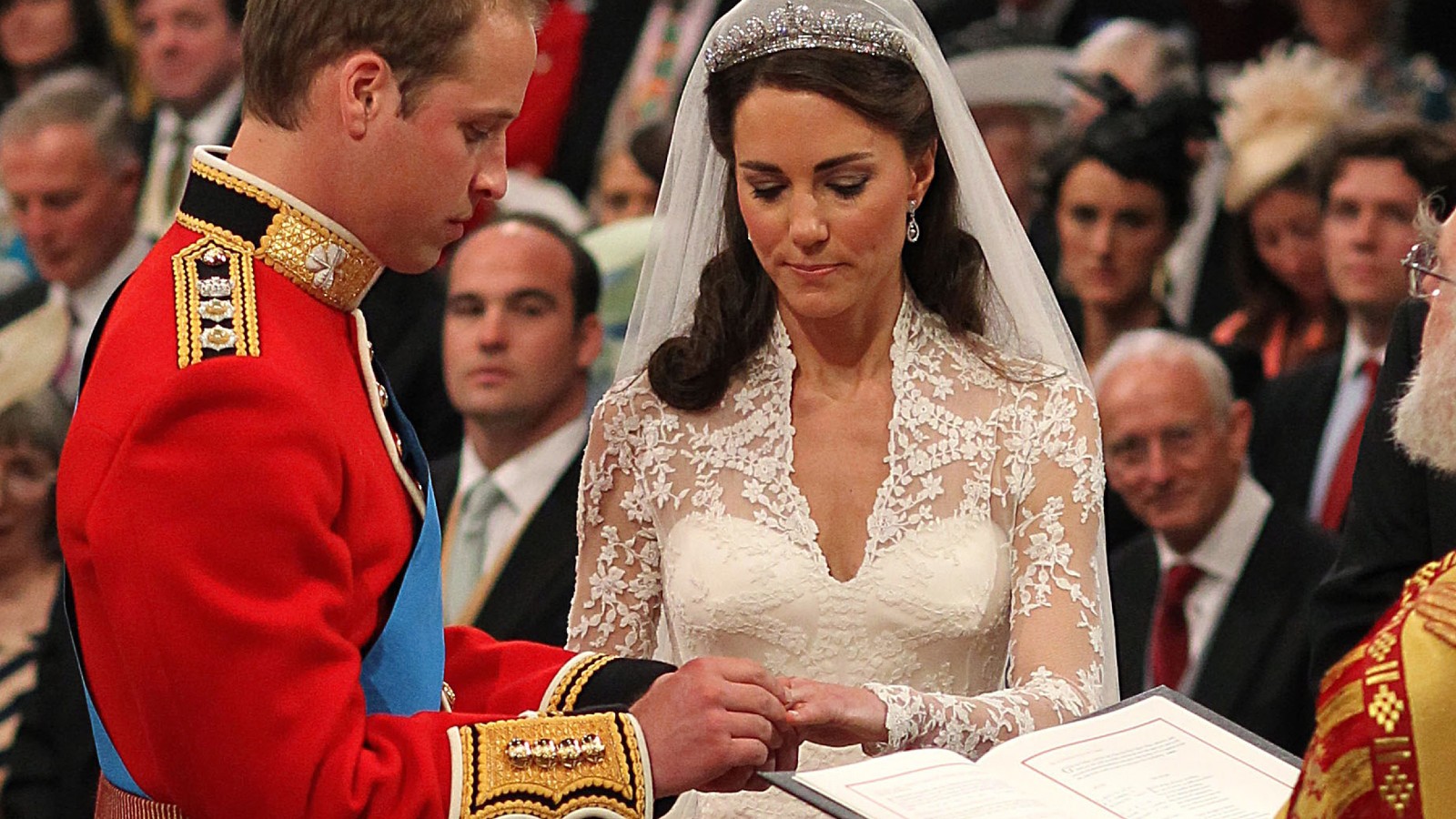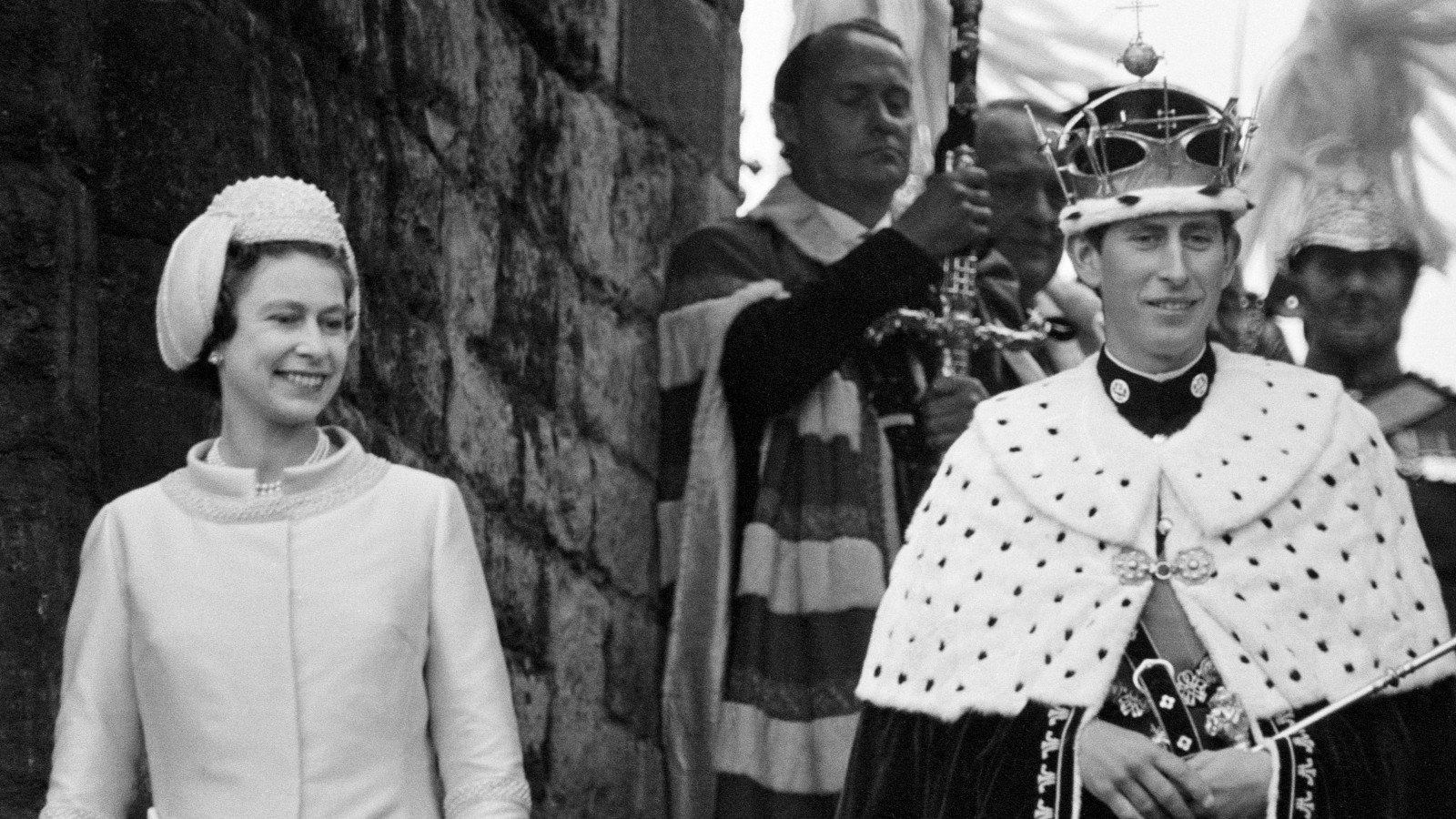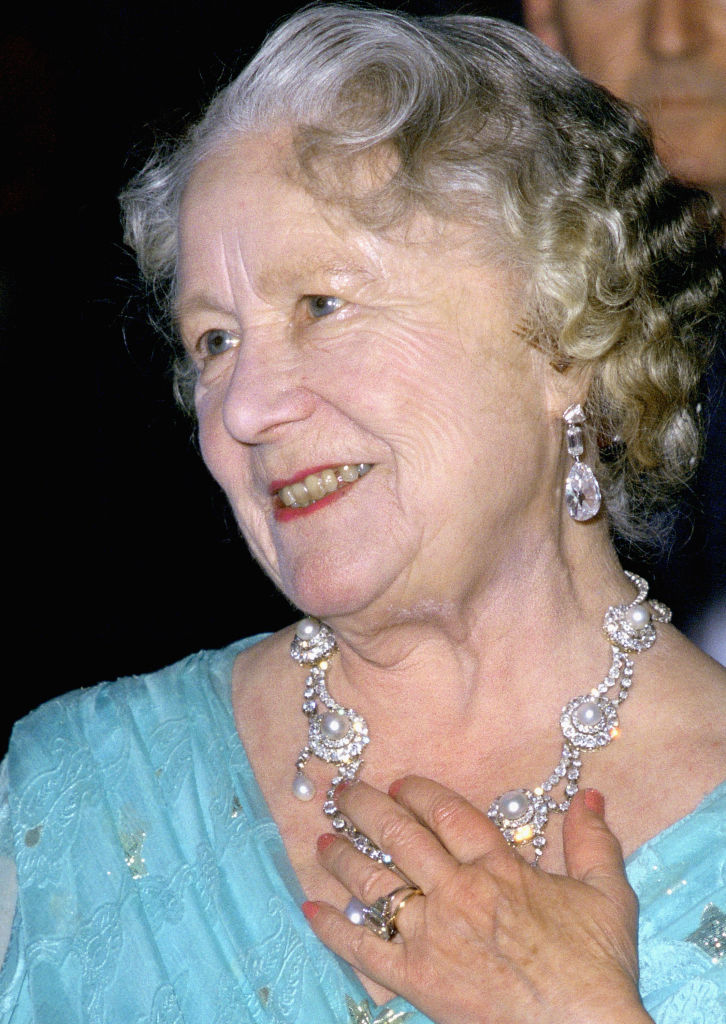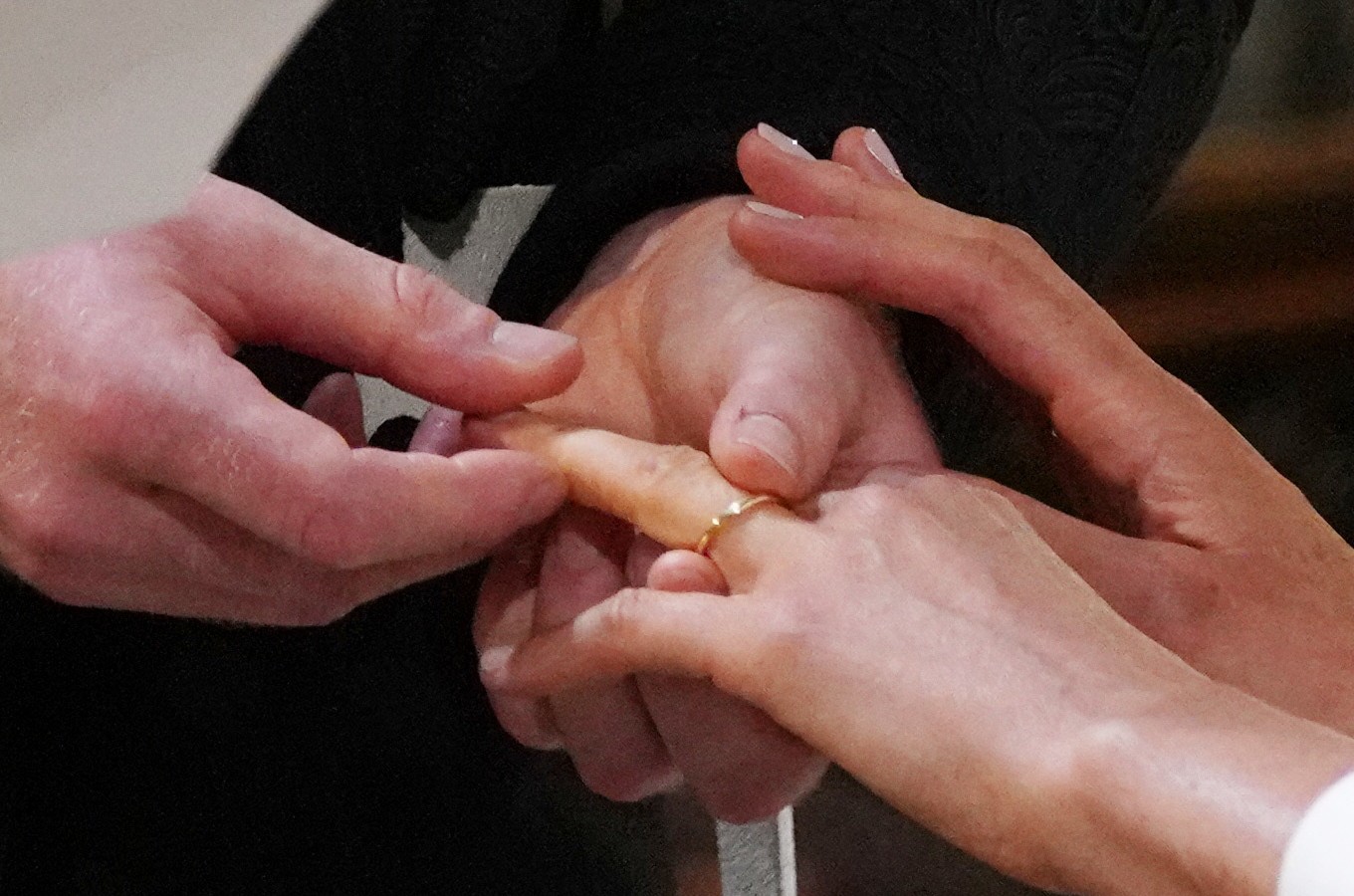How the ‘rarest gold in the world’ connects different generations of the Royal Family
Welsh gold is considered potentially the “rarest gold in the world,” and it’s something which royals of different generations share


Welsh gold has been used in every royal wedding ring, dating back to 1923. It is a tradition which connects the different generations of the family, and, as Welsh gold becomes increasingly more rare, it’s a special connection.
- Every royal bride since the Queen Mother have shared something in common – wedding bands made of Welsh gold
- A rare metal (and only becoming rarer with time) Welsh gold is considered extremely valuable due to its scarcity, but the Queen was presented with a nugget of pure Welsh gold for future royal brides
- In other royal news, who is the oldest member of the Royal Family? The lesser known ‘rapping’ Duchess who’s a fan of Eminem
Something old. Something new. Something borrowed. Something blue. There are already customs for brides on their wedding day, but the royals, of course, have added their own touch of luxury to this.
While fashions radically change and looks might differ from generation to generation, there’s a tradition which connects every married Royal Family member from 1923 to present day – the use of Welsh gold.
Welsh gold was first introduced into the royal’s collection of regalia in 1911, at the investiture of Prince Edward of Wales at Caernarfon Castle.
The regalia used (which consisted of a coronet, a rod, a ring, a sword and a robe or mantle with doublet and sash) incorporated pure Welsh gold, identified by the Welsh dragon stamp. The regalia were later re-used at Prince Charles's investiture at Caernarfon Castle, in 1969.

The first bride to have her wedding ring made from Welsh gold was Lady Elizabeth Bowes-Lyon (the Queen Mother), upon her marriage to the Duke of York on April 26, 1923.
Her ring was made from a rare Welsh gold originating from the Clogau St David gold mine in Dolgellau, Gwynedd, in North Wales, which is no longer in operation.
Sign up to our free daily email for the latest royal and entertainment news, interesting opinion, expert advice on styling and beauty trends, and no-nonsense guides to the health and wellness questions you want answered.

Queen Elizabeth II’s wedding ring was also crafted from a nugget of pure Welsh gold from the Clogau St David’s gold mine.
Members of the royal family have used the gold to create their weddings bands ever since.
These include
- 1960, Princess Margaret’s marriage to Antony Armstrong-Jones
- 1973, Princess Anne's marriage to Mark Phillips
- 1981, Prince Charles's marriage to Princess Diana
- 1986, Prince Andrew’s marriage to Sarah Ferguson
- 2005, Prince Charles's marriage to Camilla, Duchess of Cornwall
- 2011, Prince William's marriage to Catherine Middleton
- 2018, Prince Harry's marriage to Meghan Markle


With the Clogau mine closed, Welsh gold is a true rarity nowadays.
Luckily, to keep the tradition for future royals alive, in November 1981, the British Royal Legion presented the Queen with a 36g piece of 21-carat Welsh gold for future royal wedding rings.
Managing director of Clogau, Ben Roberts has previously spoke about the history of the gold and the royals.
He’s said, “It’s one of the most romantic stories and it lends Clogau almost a mythical or fairytale history that no other jewellery brand could offer. The links between the royal family and Welsh gold go back as far as 1911. Clogau has supplied the gold for each generation’s wedding rings since then.”
“The very fact that rare Welsh gold is favored by the royal family and its limited supply makes pure Welsh gold one of the most expensive metals in the world.”
“A recent auction witnessing the sale of Welsh gold nuggets from the Clogau mine fetched values of circa 25 times the current gold market value.”

Jack Slater is not the Last Action Hero, but that's what comes up first when you Google him. Preferring a much more sedentary life, Jack gets his thrills by covering news, entertainment, celebrity, film and culture for woman&home, and other digital publications.
Having written for various print and online publications—ranging from national syndicates to niche magazines—Jack has written about nearly everything there is to write about, covering LGBTQ+ news, celebrity features, TV and film scoops, reviewing the latest theatre shows lighting up London’s West End and the most pressing of SEO based stories.